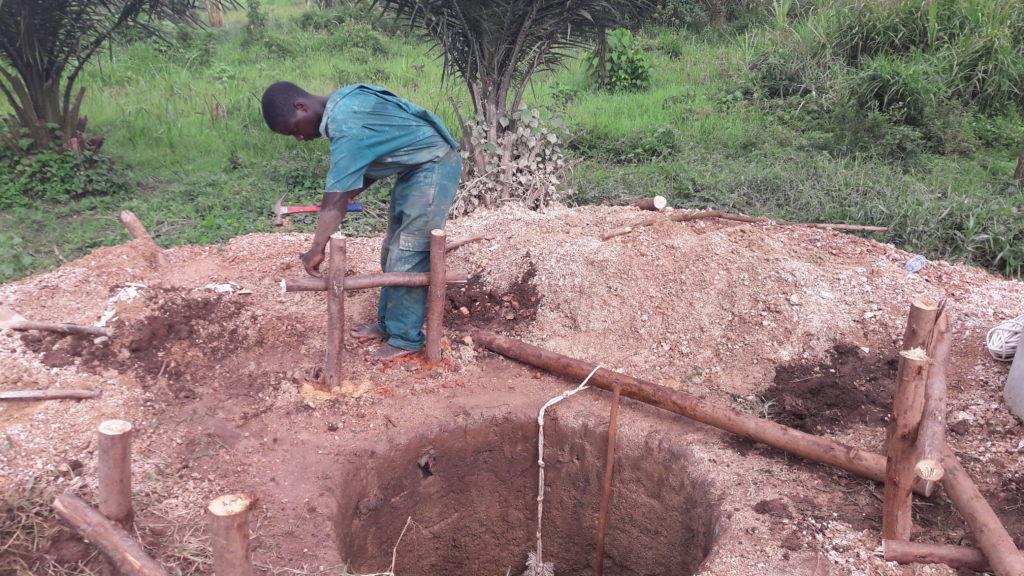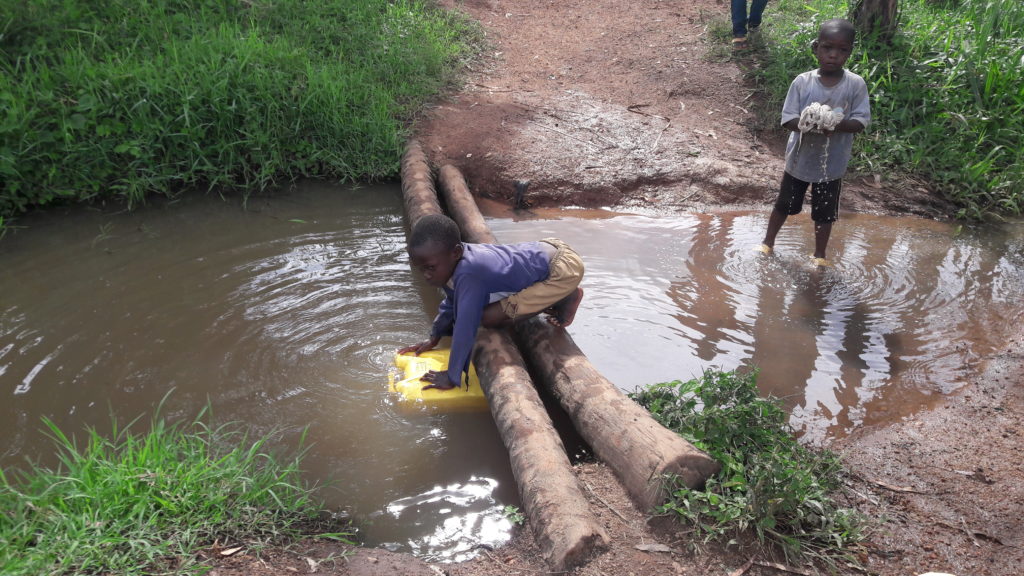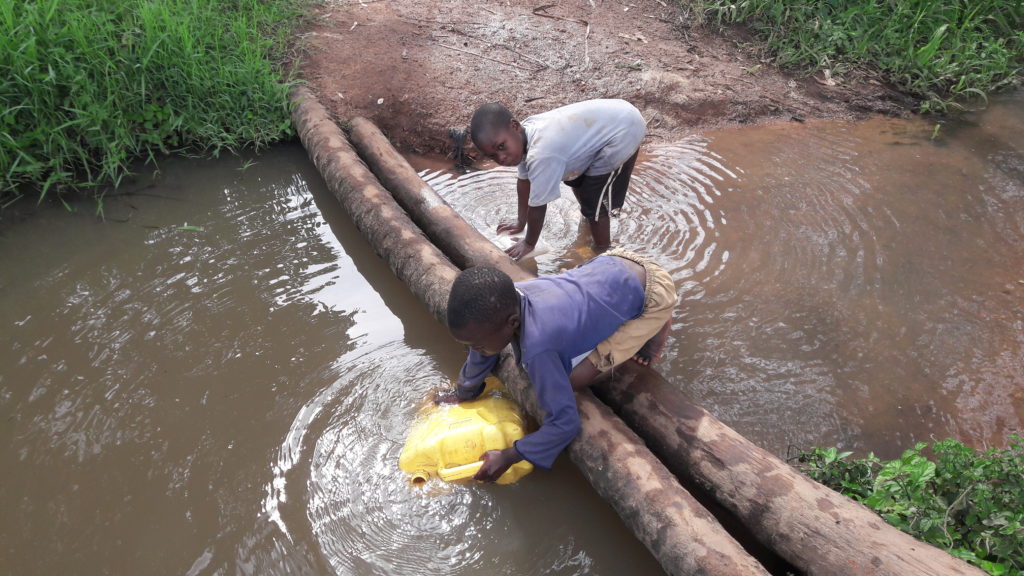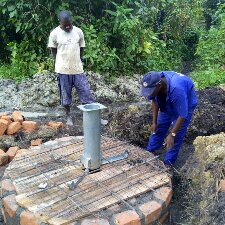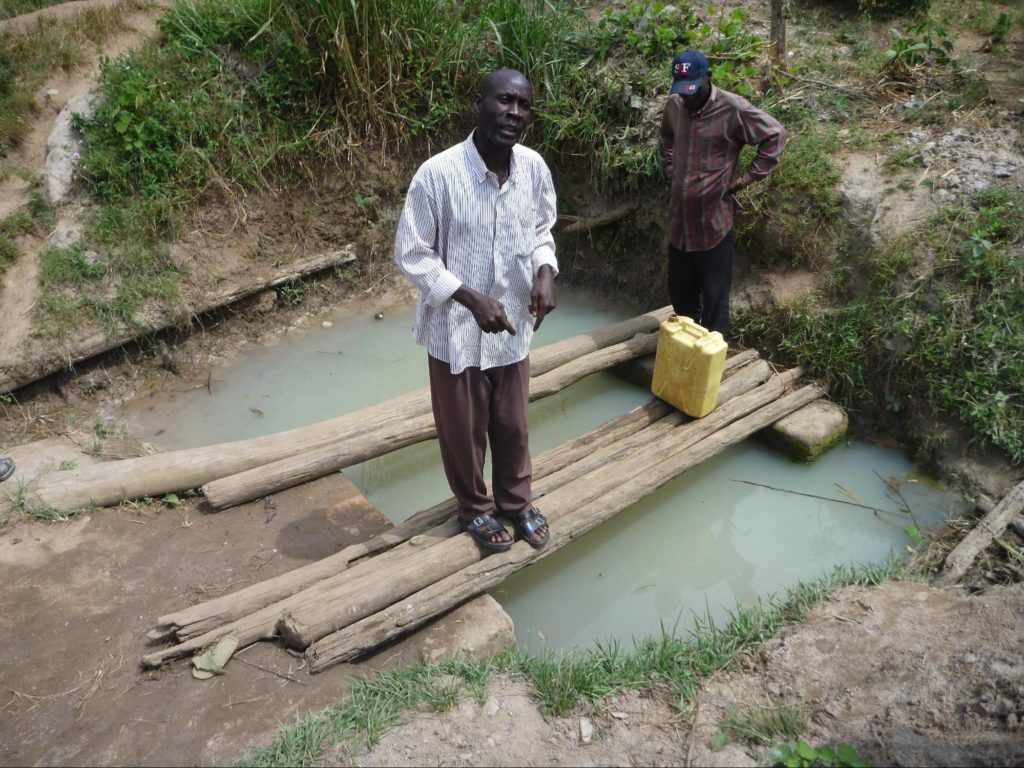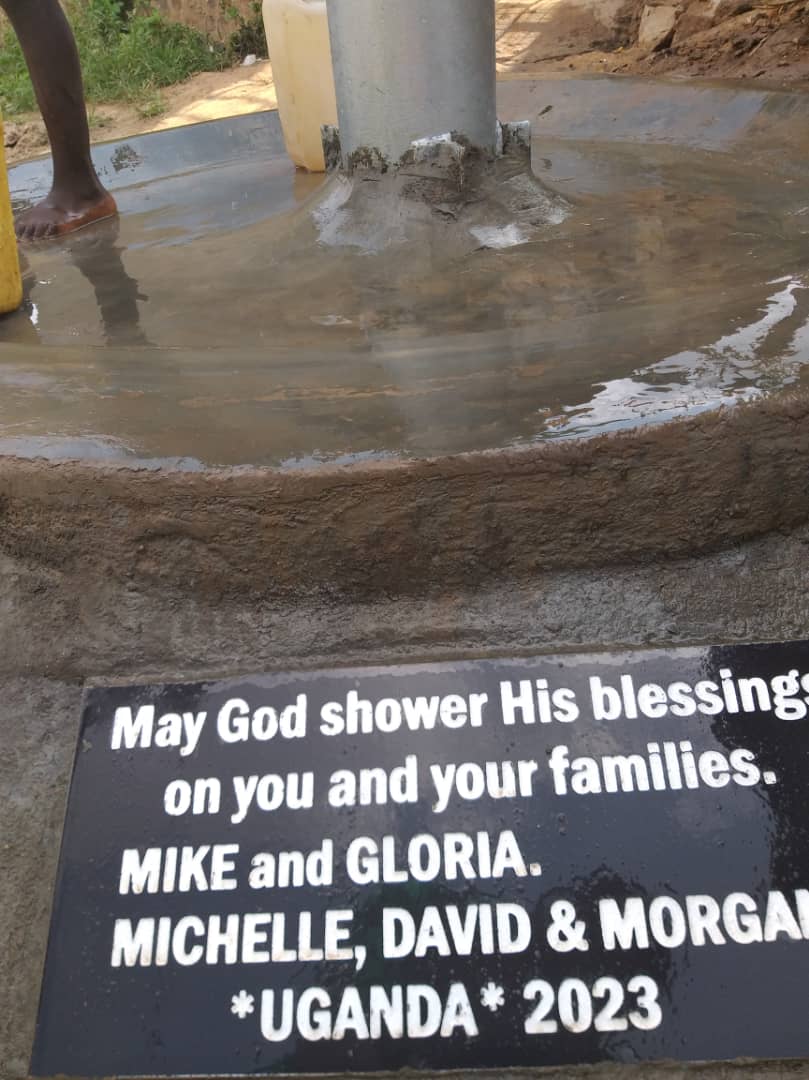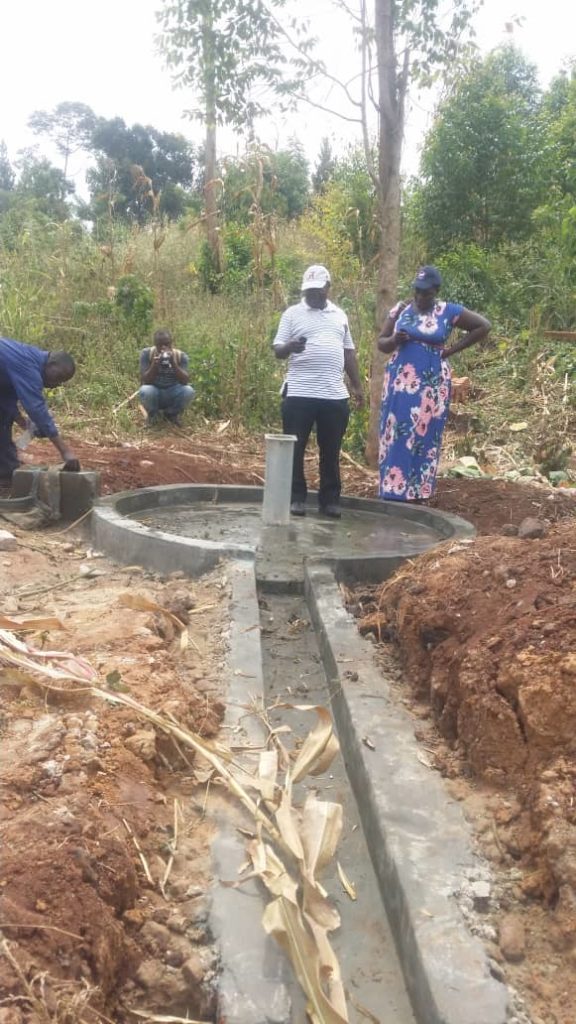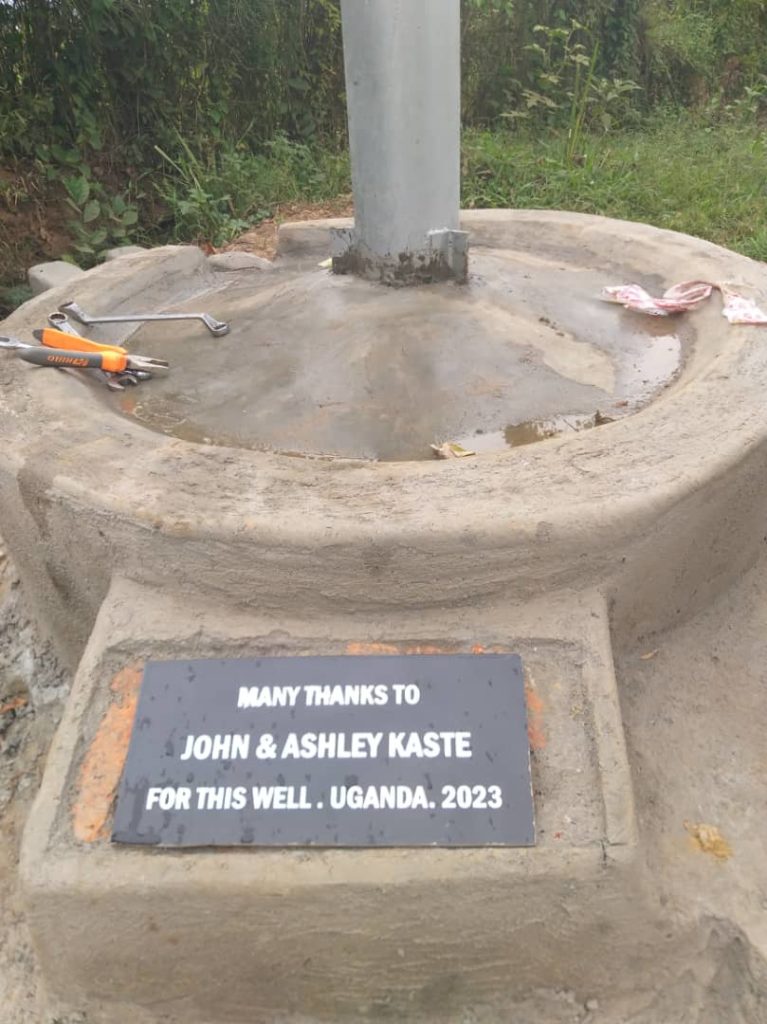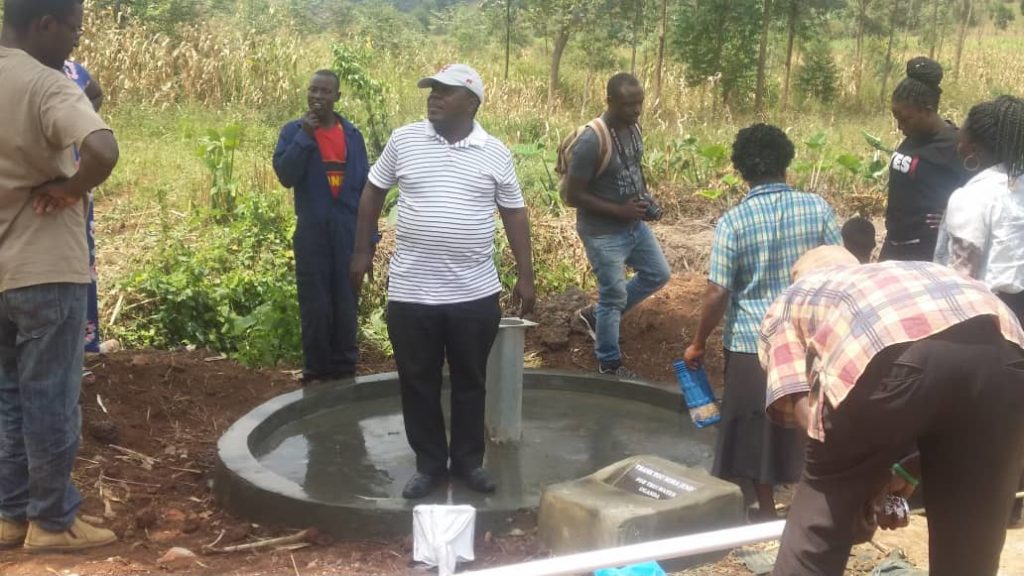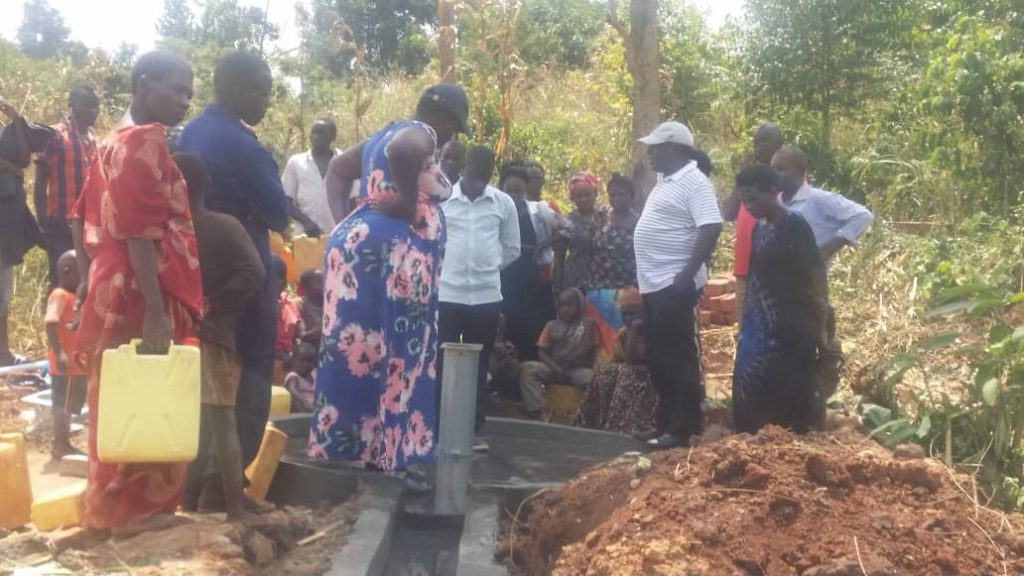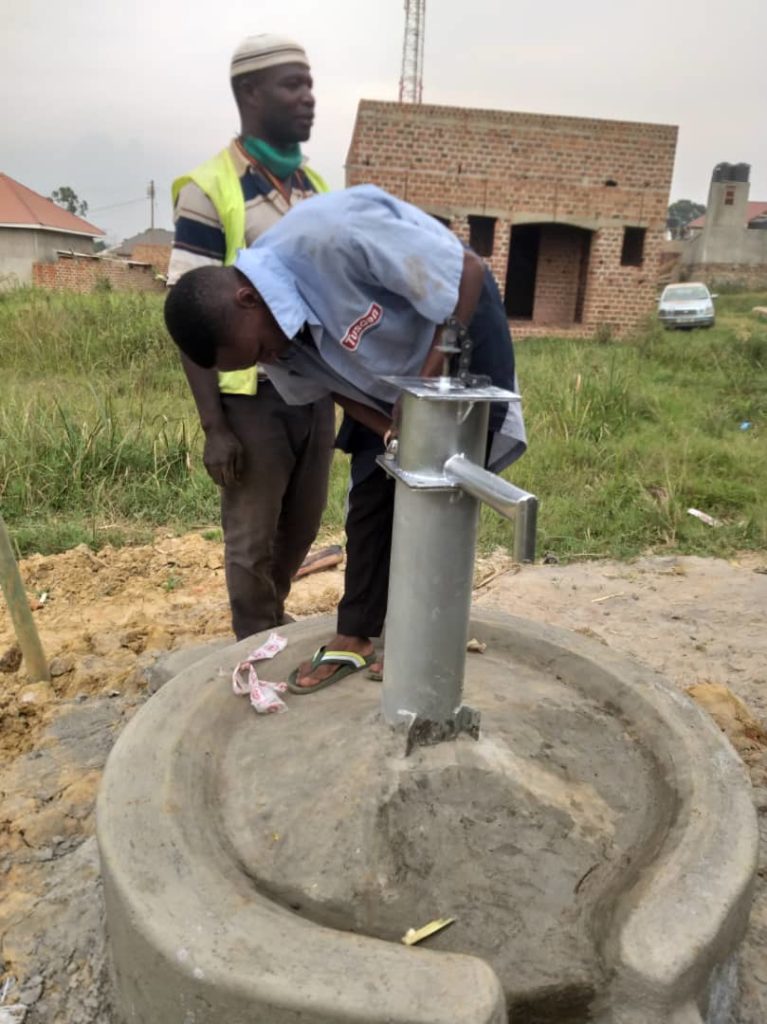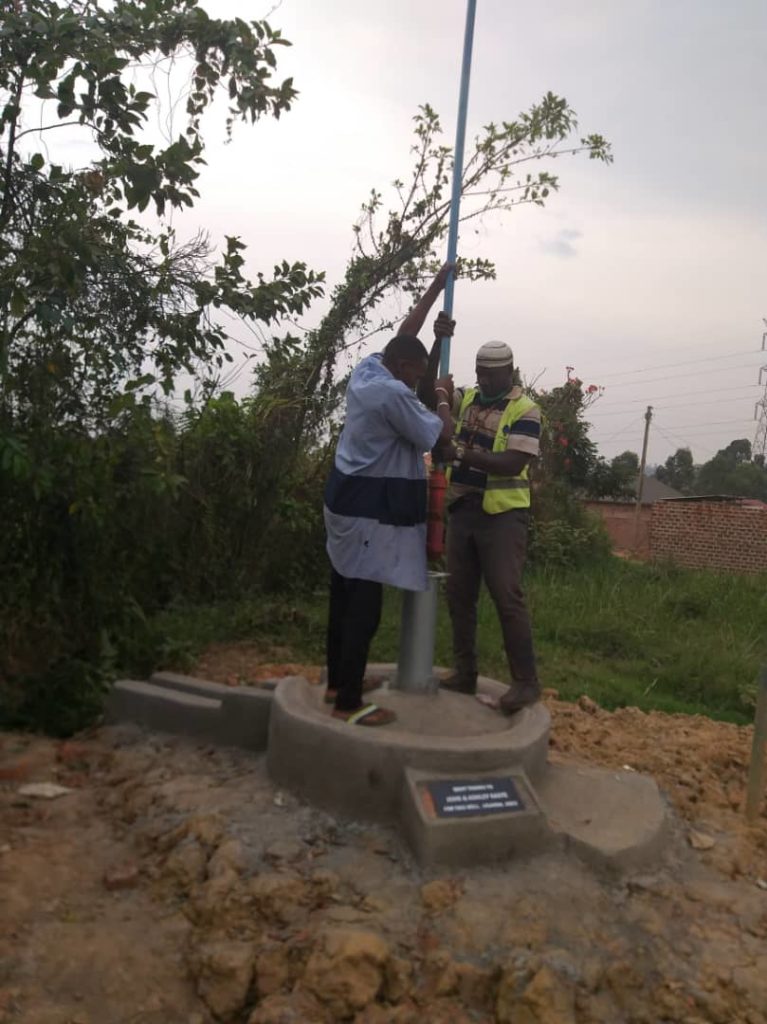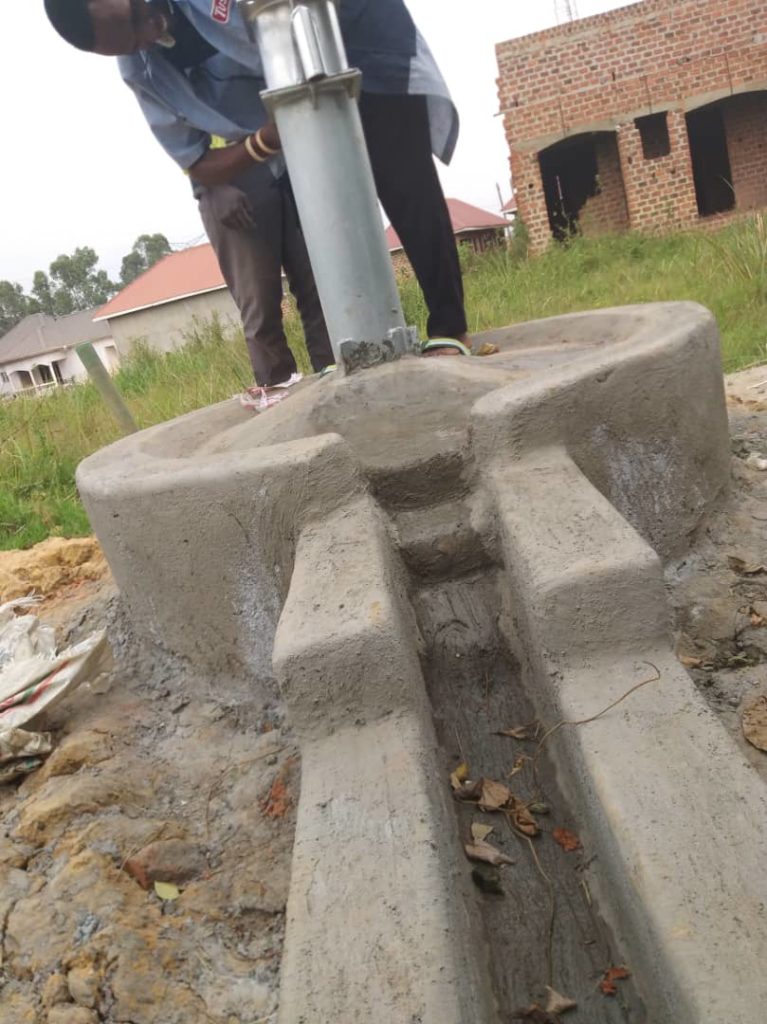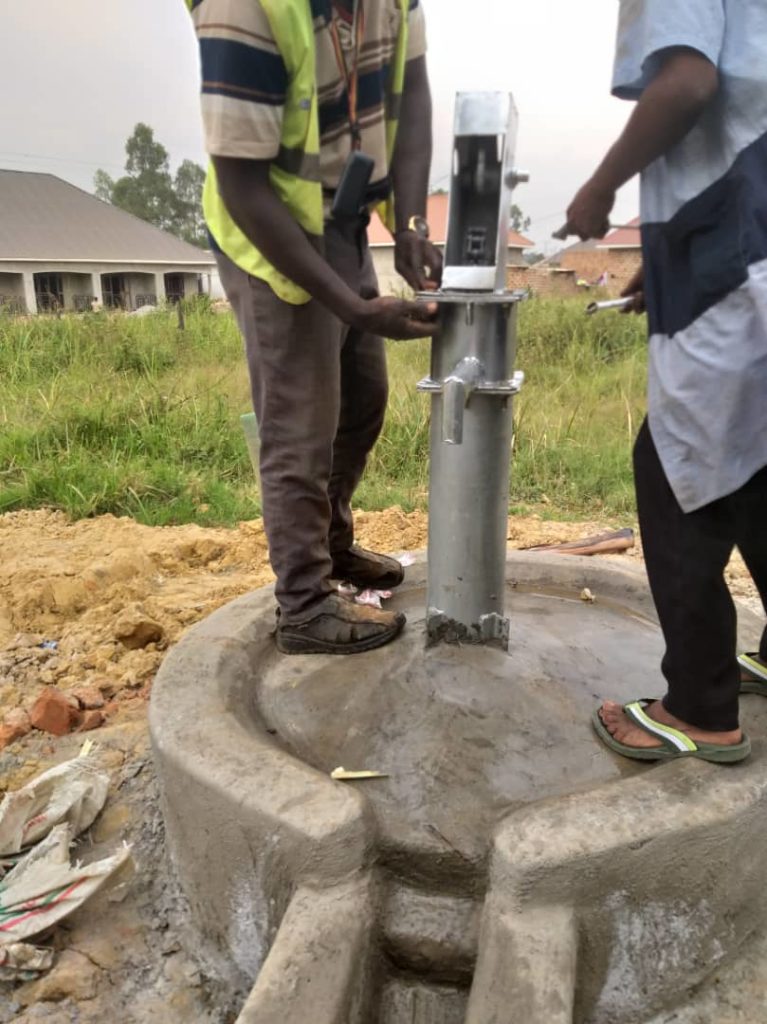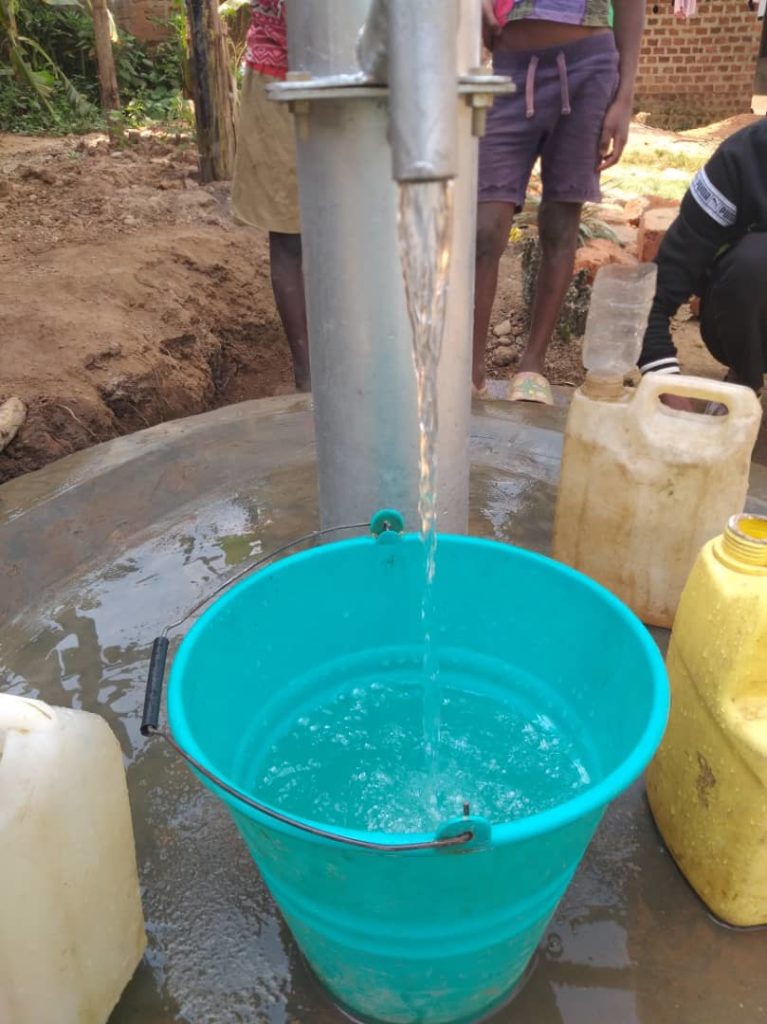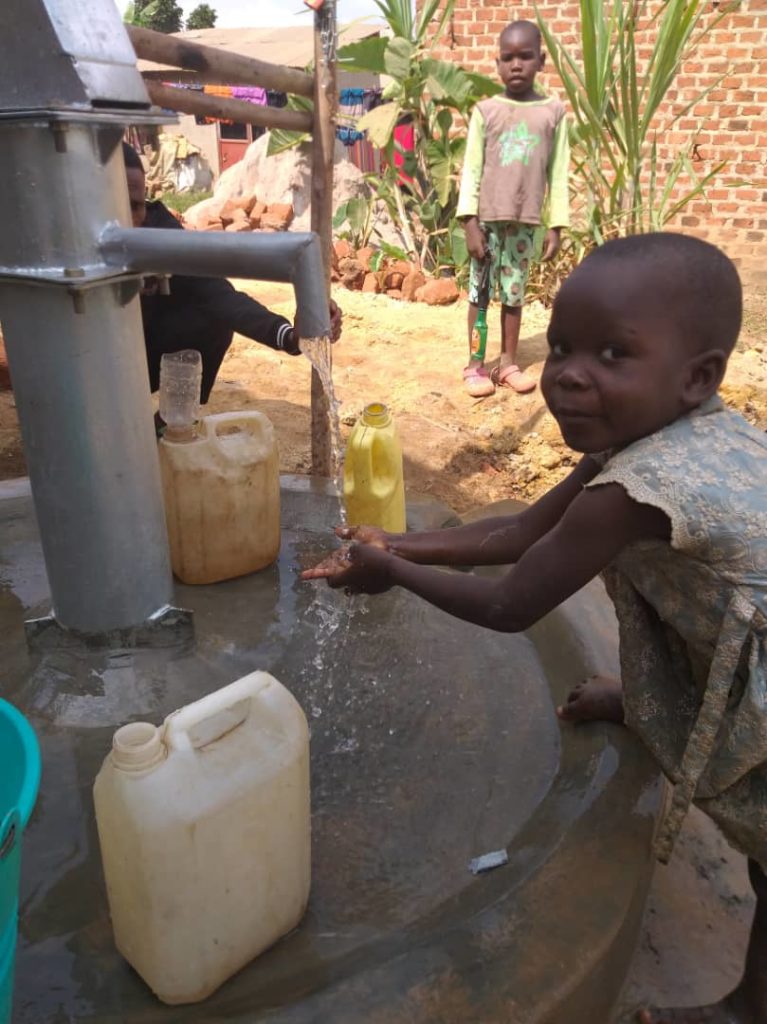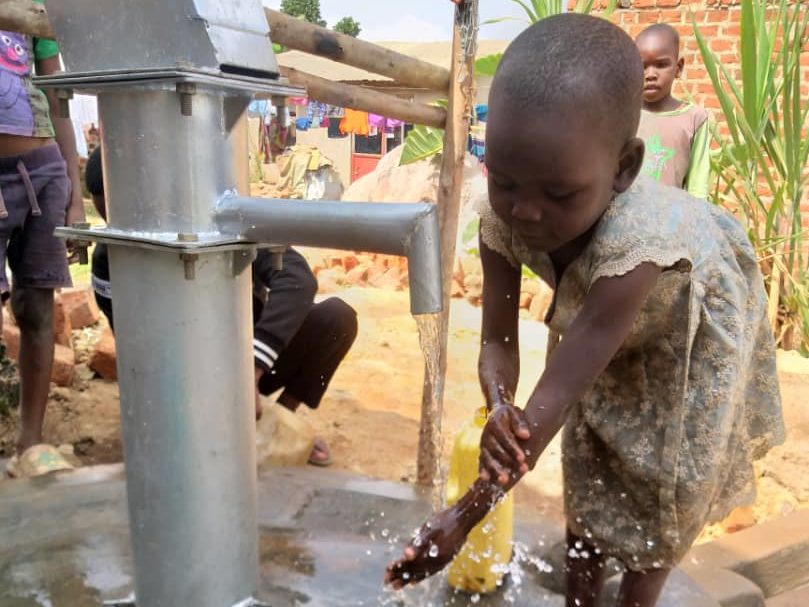
Though the gap in water and sanitation is still wide in Uganda, this project has been a milestone in bridging the Millennium and National Development Plan targets among the underserved and rural poor communities of Rakai district. URCSF, in partnership with the local leadership, URCSF has focused on ensuring that the installed water and sanitation facilities, as well as the hygiene behavior practices, are sustained among the targeted communities.
Water Component

- All households reported increased daily consumption of water from an average of 4 to 7 jerrycans (approximately 80 to 140 litres) per household.
- 77% of the sampled households reported a reduced distance walked to collect safe water from an average of 3km to 1.5 km
- 85% of households experienced less and reduced time spent queuing from an average of 3 hours to 45 minutes (and less during peak hours)
- 75% of the sampled households reported no occurrence of diarrhea in the last 2 months (this is an indication of a reduction in water-related diseases)
- Water sources have contributed to improved household and personal hygiene.
Sanitation and Hygiene Component

- Trained Water User Committees (20 new and refresher for 15 existing Committees)
- Carried out hygiene education and promotion activities (including drama shows, village improvement campaigns, and follow-ups) in 20 villages.
- Conducted capacity building for Community Based Monitoring Systems (CBMS)
- Procure 150 hygiene and sanitation tool kits (spades and pick axe)
